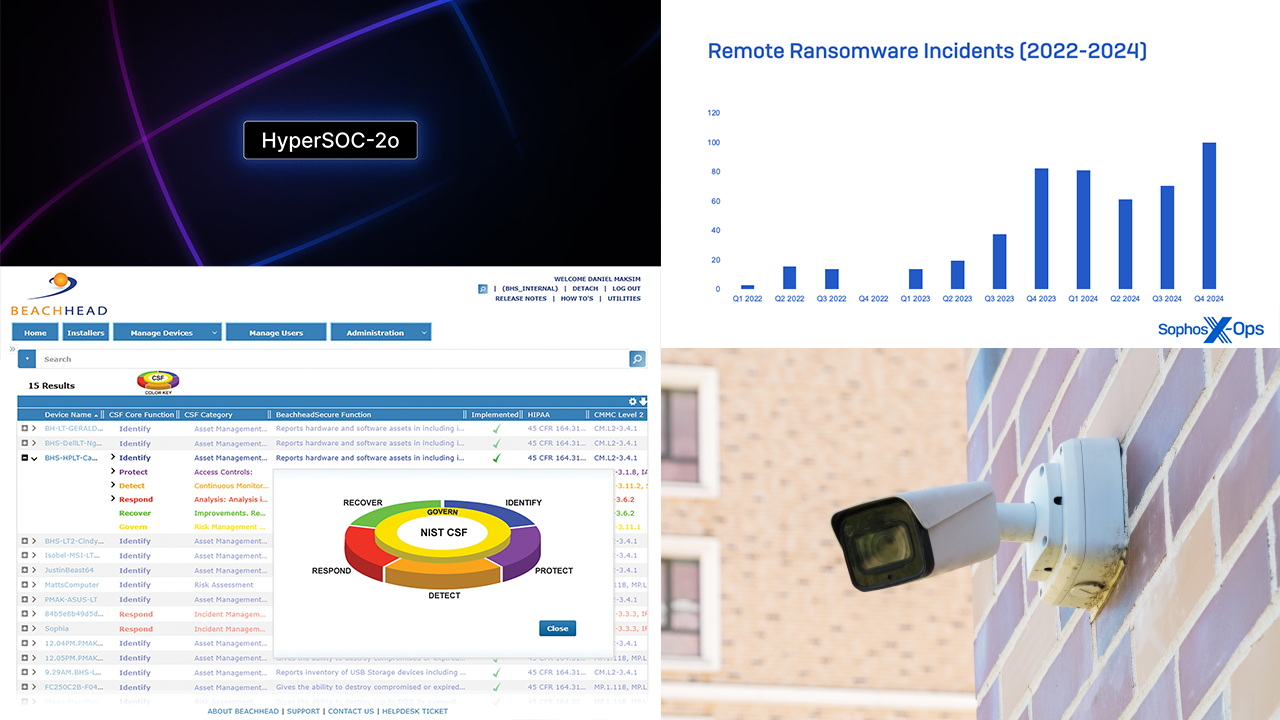TomTom (TOM2) and Microsoft Corp. (MSFT) announced that they are expanding their partnership, bringing TomTom’s maps and traffic data into a multitude of mapping scenarios across Microsoft’s cloud services. With this broadened integration, TomTom will be a leading location data provider for Microsoft Azure and Bing Maps. TomTom is also expanding its relationship with Microsoft, selecting Microsoft Azure as its preferred cloud provider.
Azure Maps delivers secured location APIs to provide geospatial context to data. The Azure Maps service enhances the value of the Microsoft Azure cloud platform that is helping enterprises and developers create IoT, mobility, logistics, and asset tracking solutions. TomTom providing their map data and services is a significant component for completing these enterprise customer scenarios.
Anders Truelsen, Managing Director, TomTom Enterprise said, “TomTom is proud of the relationship we’ve built with Microsoft to offer Microsoft Azure customers access to build location-aware applications and look forward to deepening that relationship as we extend our high-quality location technologies to an even larger audience base. We’re excited to be chosen as the location data provider to power mapping services across all of Microsoft, including Bing, Cortana, Windows, and many other leading products and the innovations that will come forward in this continued relationship.”
“This deep partnership with TomTom is very different from anything Microsoft has done in maps before,” said Tara Prakriya, Partner Group Program Manager of Azure Maps and Connected Vehicles. “TomTom hosting their services in the Azure cloud brings with it their graph of map data. Manufacturing maps in Azure reduces the latency to customer applications, ensuring we offer the freshest data through Azure Maps. Azure customers across industries end up winning when their geospatial data and analytics, TomTom data, and Azure Maps services are all running together in the same cloud.”
Azure Maps lights up a multitude of location scenarios for Microsoft. Azure customers now have native support ranging from building map-based dashboards to visualize IoT spatial analytics to mobility scenarios for vehicle movement. For example, in agriculture, customers can easily track utilization of farm sensors for crops, livestock, tractors and more to optimize production. Using the Azure Maps routing services powered by TomTom allows for insightful distribution of goods originating from farmlands to retail, restaurants and home delivery. Using the freshest maps and traffic information can determine delivery range, optimize delivery routes and provide customer insights into delivery status.
TomTom providing the freshest map and traffic information in combination with Azure Maps services and SDKs will help perpetuate improved smart city applications. Azure Maps SDKs using TomTom services make it simple to render a multitude of data sets from a variety of sources – such as real-time parking meter rates, street-specific traffic, addressing carbon footprint, reducing noise pollution and more in a consolidated, map-based application for visualization of pertinent city information crucial to its citizens.††













